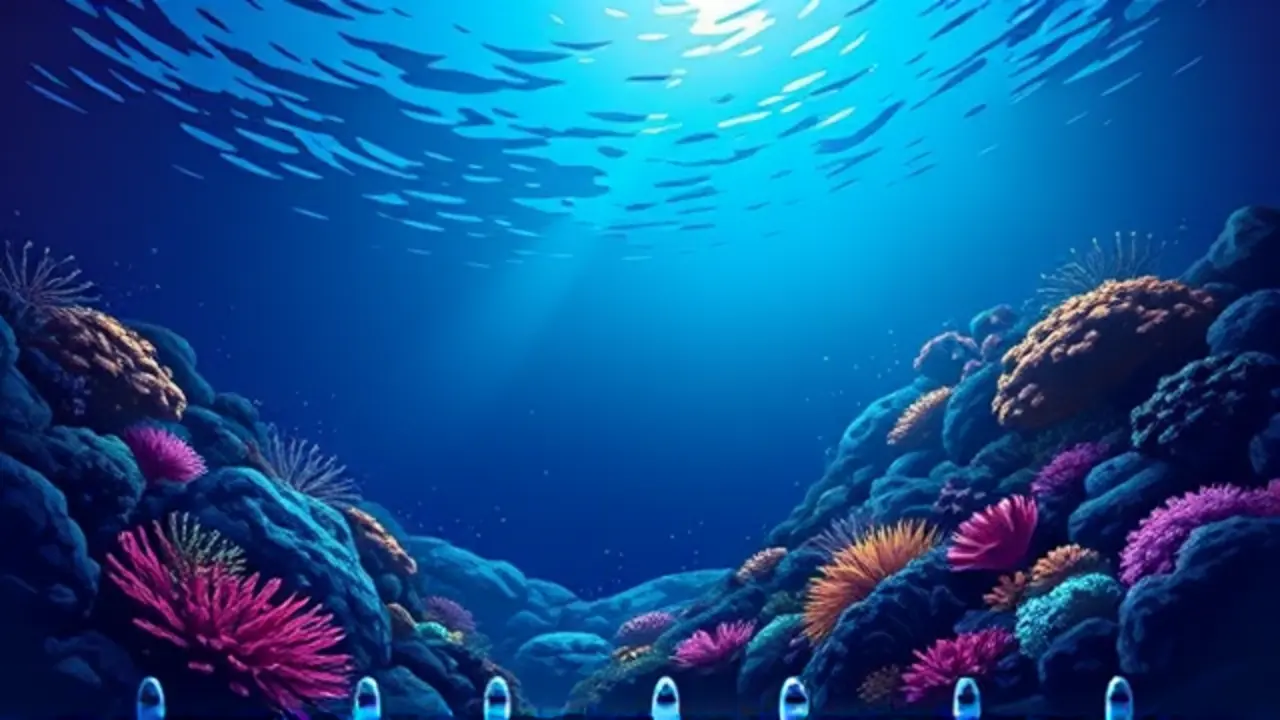Raising Public Awareness to Preserve Coral Reefs
Last March, beneath the unseasonably grey skies of Hoi Ha Wan Marine Park, I led a group of students into the chill of the water, our snorkels breaking the surface above one of Hong Kong’s last vibrant, publicly accessible coral communities. Our mission was simple yet profound: to witness firsthand the stunning diversity of corals and the intricate web of life they sustain, a living tapestry that our ongoing research at the Swire Institute of Marine Science confirms is part of a regional biodiversity hotspot harboring more than a quarter of China’s known marine species.This density of life, however, exists in a fragile equilibrium, a truth that becomes painfully evident when you see the subtle bleaching at the edges of a staghorn coral or the sediment smothering a once-brilliant gorgonian fan. The story of Hong Kong’s reefs is a microcosm of a global crisis, a silent, underwater emergency unfolding while most of the world looks the other way.Coral reefs, often called the rainforests of the sea, support nearly a quarter of all marine species despite covering less than one percent of the ocean floor; they are critical nurseries for fisheries that feed billions, and they form natural breakwaters that protect coastlines from the increasing fury of tropical storms, a service valued in the hundreds of billions of dollars annually. Yet, according to the Global Coral Reef Monitoring Network, we have already lost over 14 percent of the world's corals since 2009, with warming seas triggering mass bleaching events that can decimate entire ecosystems in a single season.The primary driver is unequivocally climate change, as rising carbon dioxide levels not only heat the water to intolerable levels for the symbiotic algae that give corals their color and life but also acidify the ocean, literally dissolving the calcium carbonate skeletons that form the reef's very structure. Here in Hong Kong, the pressures are compounded by localised assaults: relentless coastal development that chokes the water with silt, polluted runoff from our city streets, and the physical damage from anchors and irresponsible tourism.But to view this only through a lens of despair is to misunderstand the resilience of nature and the power of informed action. The work of local conservation groups like the Coral Academy Foundation, which cultivates coral fragments in underwater nurseries for later transplantation, mirrors successful restoration projects from the Florida Keys to the Great Barrier Reef, demonstrating that we can actively assist in recovery.Public awareness is the catalyst; when communities understand that the fate of a tiny, translucent cleaner shrimp is tied to the health of their own coastline, they become stewards. We must champion policies that expand marine protected areas, enforce stricter regulations on coastal pollution, and aggressively transition to renewable energy.The students I swam with that day, their eyes wide behind their masks, represent the most potent weapon we have in this fight—a generation that sees the intrinsic value of a thriving, colourful reef, not as a distant abstraction but as a tangible, breathtaking reality worth preserving at all costs. The data is clear, the science is sound, and the window for action is still, just barely, open. The question is whether we have the collective will to listen to the silent plea from beneath the waves.
Latest News
JWST may have found the Universe’s first stars powered by dark matter
4 days ago0 comments
Indian Startup Airbound Raises $8.65M for Rocket Drone Deliveries
4 days ago0 comments
Nobel winner warns Europe is losing tech race.
4 days ago0 comments
Chinese Scientists Restore Ancient Love Poem with AI
4 days ago0 comments
Scientists build artificial neurons that work like real ones
4 days ago0 comments
Popular hair-loss pill linked to depression and suicide
4 days ago0 comments
This new blood test can catch cancer 10 years early
4 days ago0 comments
Hong Kong Entrepreneur Fights Dementia with Cultural Games
4 days ago0 comments
It’s quiet here...Start the conversation by leaving the first comment.
© 2025 Outpoll Service LTD. All rights reserved.
